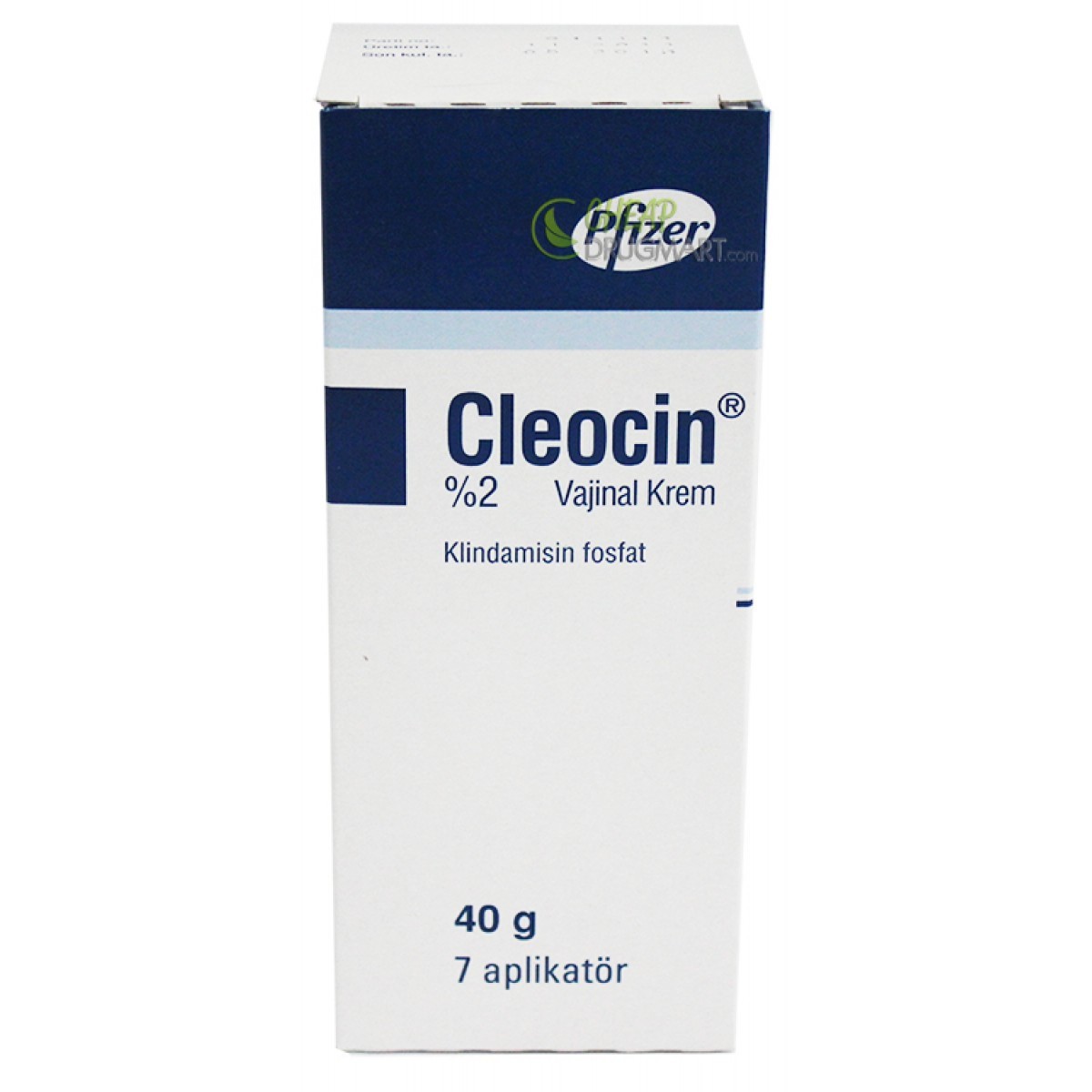
Contents
- 1 Side Effects of Topical Cleocin (Clindamycin)
- 1.1 Bacterial Vaginosis (BV)
- 1.2 Yeast Infection vs. Bacterial Vaginosis (BV)
- 1.3 What Is the Most Common Cause of Septic Arthritis in Kids?
Side Effects of Topical Cleocin (Clindamycin)
Cleocin vaginal cream is an antibiotic used to treat serious infections. It is effective against bacteria such as:
- Staphylococcus aureus,
- Streptococcus pneumoniae, and Staphylococcus epidermidis,
- Propionibacterium acnes.
It reduces bacterial growth by interfering with protein production.
Common side effects of Cleocin vaginal cream include:
- vaginal yeast infection,
- inflammation of the vulva and vagina,
- vulvovaginal disorder,
- trichomonal vaginitis, and
- itching.
Cleocin vaginal cream can interact with neuromuscular blocking drugs, enhancing their effects. However, little clindamycin is absorbed into the bloodstream when given vaginally, reducing the likelihood of interactions.
No increased frequency of congenital abnormalities was observed in pregnant women using Cleocin vaginal cream during the second and third trimesters. It is approved for use during these trimesters, but caution is advised during the first trimester due to insufficient evaluation.
Oral clindamycin is excreted in breast milk, so it is not recommended for nursing mothers. The excretion of Cleocin vaginal cream in breast milk is unknown. Consult your doctor before breastfeeding.
What are the important side effects of Cleocin (clindamycin) vaginal cream?
- The most common side effects of topical clindamycin are: burning, itching, dryness, skin redness, and oily skin.
Some clindamycin topical solutions contain alcohol, which can cause burning and irritation in the eye.
Possible serious side effects of clindamycin include:
- Stomach pain and folliculitis may occur during treatment with topical clindamycin.
- Severe colitis may occur with orally administered or injected clindamycin, potentially resulting in death. Diarrhea, colitis, and pseudomembranous colitis may begin up to several weeks after stopping oral and parenteral therapy with clindamycin.
- Topical formulations of clindamycin may be absorbed from the skin surface, leading to diarrhea, bloody diarrhea, and colitis.
Cleocin (clindamycin) vaginal cream side effects list for healthcare professionals
Clinical Trials
Non-pregnant Women: In clinical trials involving non-pregnant women, 1.8% of 600 patients who received treatment with Cleocin vaginal cream 2% for 3 days and 2.7% of 1325 patients who received treatment for 7 days discontinued therapy due to drug-related adverse events. Medical events judged to be related to vaginally administered clindamycin phosphate vaginal cream 2%, were reported for 20.7% of the patients receiving treatment for 3 days and 21.3% of the patients receiving treatment for 7 days. Events occurring in ≥1% of patients receiving clindamycin phosphate vaginal cream 2% are shown in Table 1.
Table 1 – Events Occurring in ≥1% of Non-pregnant Patients Receiving Clindamycin Phosphate Vaginal Cream 2%
| Event | Cleocin Vaginal Cream | |
| 3 Days n=600 |
7 Days n=1325 |
|
| Urogenital | ||
| Vaginal moniliasis | 7.7 | 10.4 |
| Vulvovaginitis | 6.0 | 4.4 |
| Vulvovaginal disorder | 3.2 | 5.3 |
| Trichomonal vaginitis | 0 | 1.3 |
| Body as a Whole | ||
| Moniliasis (body) | 1.3 | 0.2 |
Body as a whole: localized abdominal pain, generalized abdominal pain, abdominal cramps, halitosis, headache, bacterial infection, inflammatory swelling, allergic reaction, and fungal infection.
Central nervous system: dizziness and vertigo.
Respiratory system: epistaxis.
Skin: pruritus (non-application site), moniliasis, rash, maculopapular rash, erythema, and urticaria.
Special senses: taste perversion.
Pregnant Women: In a clinical trial involving pregnant women during the second trimester, 1.7% of 180 patients who received treatment for 7 days discontinued therapy due to drug-related adverse events. Medical events judged to be related to vaginally administered clindamycin phosphate vaginal cream 2%, were reported for 22.8% of pregnant patients. Events occurring in ≥1% of patients receiving either clindamycin phosphate vaginal cream 2% or placebo are shown in Table 2.
Table 2 – Events Occurring in ≥1% of Pregnant Patients Receiving Clindamycin Phosphate Vaginal Cream 2% or Placebo
| Event | Cleocin Vaginal Cream | Placebo |
| 7 Days n=180 |
7 Days n=184 |
|
| Urogenital | ||
| Vaginal moniliasis | 13.3 | 7.1 |
| Vulvovaginal disorder | 6.7 | 7.1 |
| Abnormal labor | 1.1 | 0.5 |
| Body as a Whole | ||
| Fungal infection | 1.7 | 0 |
Urogenital system: dysuria, metrorrhagia, vaginal pain, and trichomonal vaginitis.
Skin: pruritus (topical application site) and erythema.
Post-Marketing Experience
Reports of pseudomembranous colitis have been associated with the use of clindamycin phosphate vaginal cream during the post-marketing period.
Other Clindamycin Formulations
Clindamycin vaginal cream has minimal systemic exposure compared to 100 mg oral clindamycin dosing. Although the lower exposure levels are less likely to produce common reactions, the possibility of such reactions cannot be excluded. Direct comparisons between orally administered and vaginally administered clindamycin are not available.
The following adverse reactions and altered laboratory tests have been reported with oral or parenteral use of clindamycin:
Gastrointestinal
Hematopoietic
Transient neutropenia (leukopenia), eosinophilia, agranulocytosis, and thrombocytopenia have been reported.
Hypersensitivity Reactions
Maculopapular rash and urticaria have been observed during drug therapy. Generalized mild to moderate morbilliform-like skin rashes are the most frequently reported adverse reactions. Instances of erythema multiforme, some resembling Stevens-Johnson syndrome, have been associated with clindamycin. Anaphylactoid reactions have been reported. If a hypersensitivity reaction occurs, the drug should be discontinued.
Liver
Jaundice and abnormalities in liver function tests have been observed during clindamycin therapy.
Musculoskeletal
Instances of polyarthritis have been reported.
Renal
Rare instances of renal dysfunction, as evidenced by azotemia, oliguria, and/or proteinuria, have been observed.
What drugs interact with Cleocin (clindamycin) vaginal cream?
Cleocin vaginal cream has neuromuscular blocking properties, which may enhance the action of other neuromuscular blocking agents. Caution should be exercised when used in combination with such agents.
Summary
Cleocin vaginal cream is an antibiotic used to treat serious infections. It is effective against bacteria such as Staphylococcus aureus, Streptococcus pneumoniae, Staphylococcus epidermidis, and Propionibacterium acnes. Common side effects include vaginal yeast infection, inflammation of the vulva and vagina, vulvovaginal disorder, trichomonal vaginitis, and itching. Use during the first trimester of pregnancy should be avoided unless necessary, and it should not be used by nursing mothers without consulting a doctor. The excretion of Cleocin vaginal cream in breast milk is unknown.
Related Disease Conditions
Bacterial Vaginosis (BV)
Bacterial vaginosis is an abnormal vaginal condition characterized by vaginal discharge, odor, and pain. It results from an overgrowth of bacteria in the vagina.
Yeast Infection vs. Bacterial Vaginosis (BV)
Yeast infections and bacterial vaginosis (BV) both cause vaginal discharge. Yeast infection discharge is thick, white, and has a cottage cheese consistency. BV discharge is whitish-gray and thinner. Vaginal odor, irritation, and pain may also be present. Yeast infections are treated with over-the-counter and prescription antifungals, while BV is treated with antibiotics.
What Is the Most Common Cause of Septic Arthritis in Kids?
Septic arthritis can be caused by bacterial, fungal, or viral infections. Staphylococcus aureus, a type of bacteria, is the most common cause of septic arthritis in infants. Septic arthritis refers to joint pain caused by infection.
Septic arthritis can be caused by bacterial, fungal, or viral infections. Staphylococcus aureus, a type of bacteria, is the most common cause of septic arthritis in infants. Septic arthritis refers to joint pain caused by infection.


